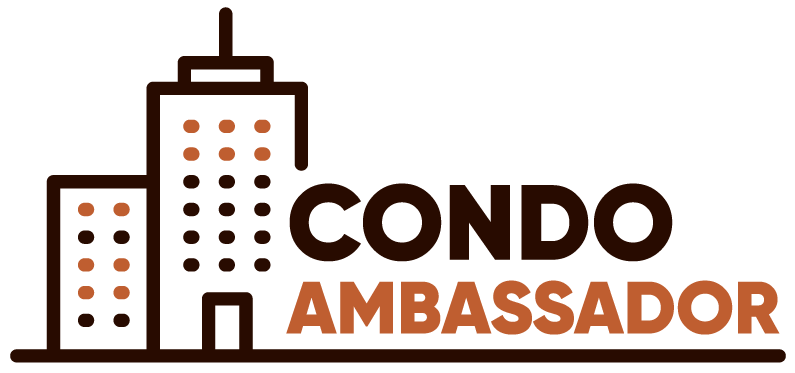There are two main categories of condos: Freehold and Leasehold, with Freehold accounting for a significant majority. Among Freehold condos, there are four distinct types:
1. Standard Condos
This is the most common type of condo. One easy way to identify them is by their condo corporation name, typically including “Standard Condominium Corporation” (e.g., TSCC 1234). In Standard condos, there are two primary components: common elements and units. Typically, the condo is responsible for the repairs and maintenance of common elements (such as the lobby, elevator, parking garage, etc.), while owners are responsible for their individual units.
2. Common Element Condos
Another commonly seen type is the Common Element Condos, often identified by the name “Common Element Condominium Corporation” (e.g., YRCECC 1111). These condos may appear in a townhome dwelling structure, but not all townhome condos fall into this category. Common Element Condos only consist of common elements, with no individual units. Instead of purchasing a unit, buyers acquire a parcel of tied land (POTL), and the common interest in the condo attaches to the POTL (similar to how it applies to units in Standard condos). Owners share the convenience of common elements, including roads and amenities, and each owner is responsible for the repair and maintenance of their respective POTL.
3. Phased Condos
Phased Condos are often favored by developers of multi-phase projects from a financial perspective. Each phase is added to the original phase upon completion of construction and registration. Once all phases are complete and registered as outlined in the Condo Act, it becomes a standard condo.
4. Vacant Land Condos
In contrast to other types of condos, vacant land condos are registered before construction is completed. Buyers purchase vacant lots and have the option to customize the layout and exterior of the lot/unit before it is built







